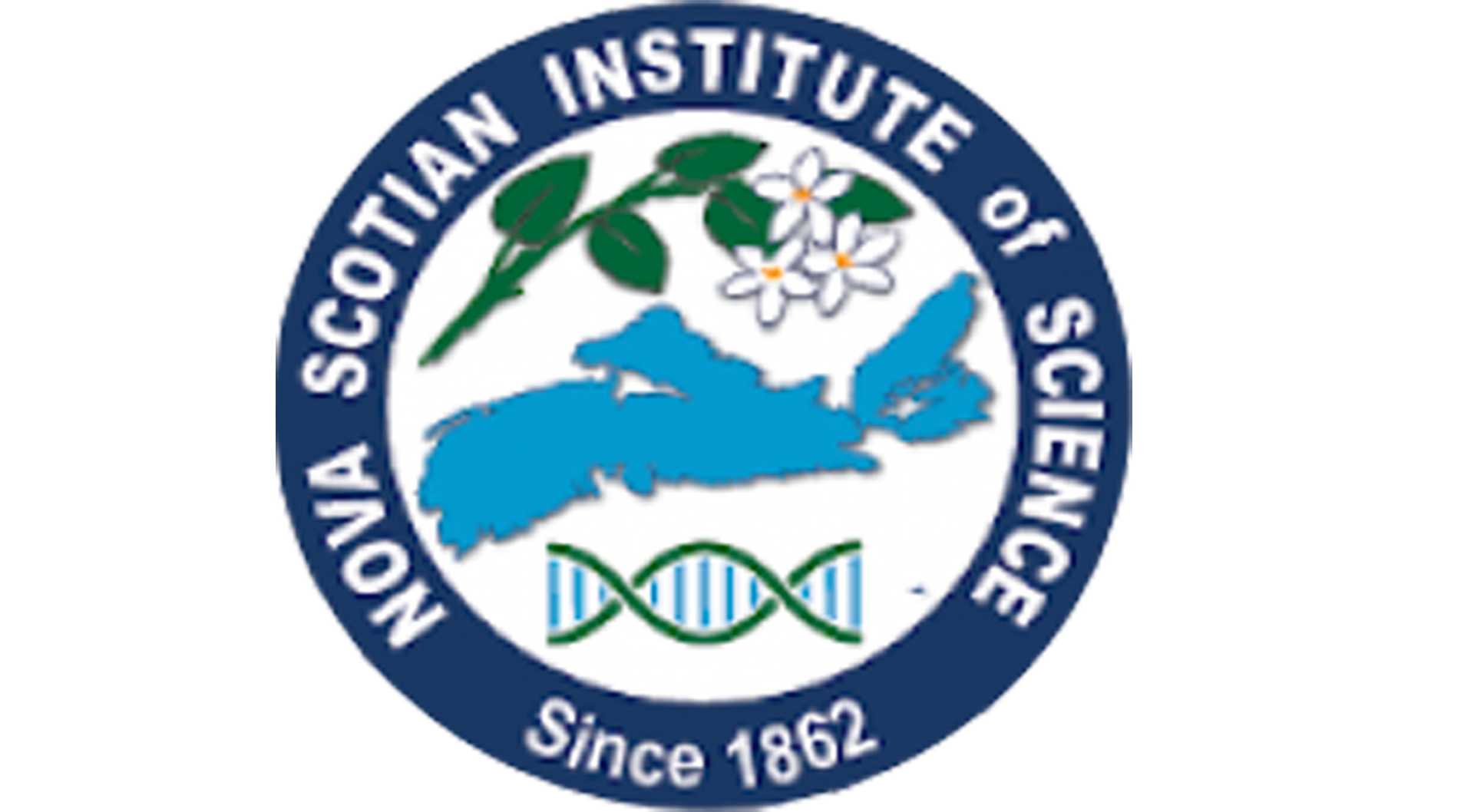Honorary Members of the NSIS
Dr. Arthur B. McDonald

Dr. Arthur B. McDonald was made an Honorary Member in 2016 in recognition of his conspicuous contributions to the advancement of science in Canada and internationally. He was awarded the Nobel Prize in Physics in 2015.
Dr. McDonald was born in 1943 in Sydney, Nova Scotia, where he attended the Sydney Academy. He studied physics at Dalhousie University in Halifax, where he obtained both BSc and MSc degrees in Physics. In 1965, he travelled west to the California Institute of Technology, from which he graduated with a PhD degree in Physics in 1969.
After his doctoral work, he was employed at AECL’s Chalk River laboratories in northern Ontario until 1982 when he was appointed as a tenured Professor at Princeton University. It was while he was at Princeton that he began work on the project that eventually became the Sudbury Neutrino Observatory (SNO). In 1989 he moved from Princeton to Queen’s University in Kingston, Ontario, where he remained for the rest of his career and became emeritus faculty in 2013. Also, he has held visiting positions at several national and international institutes and universities.
Dr. McDonald was awarded the 2015 Nobel Prize in Physics jointly with Japanese physicist Takaaki Kajita. In August 2001, the Sudbury Neutrino Observatory (SNO), led by Dr. McDonald since 1989, reported observations that directly showed that electron neutrinos from the Sun were oscillating into muon and tau neutrinos. This demonstrated that neutrinos, thought to be massless, actually have (a very small) mass. Professor McDonald and fifteen other scientists had formed the original SNO collaboration in 1984 to exploit the idea that heavy water (D2O) would make a detector sensitive to two reactions, one reaction sensitive to all neutrino flavours, the other sensitive to only the electron neutrino. Thus, such a detector could measure neutrino oscillations directly. SNO was a detector facility using 1000 tonnes of heavy water located 2.1 kilometers underground in a mine outside Sudbury, Ontario. Prof. McDonald is continuing work on SNO+ and DEAP-3600 experiments at SNOLAB, an expanded underground laboratory at the original SNO underground site.
In addition, in response to Covid-19, he has led a team with members from a number of Canadian R&D institutions as part of an international project to mass-produce low-cost mechanical ventilators. The details of the resulting Mechanical Ventilator Milano (MVM) were published by about 150 collaborators in March 2020, under the CERN Open Hardware License. Over 6000 units have been delivered under a federal government contract with Vexos Inc. of Markham, Ontario. These units are in the Canadian stockpile and also are being considered for donation to countries in need.
Dr. McDonald has received honorary degrees from fifteen universities in Canada and the USA. He has been elected a Fellow of several prestigious societies, including the Royal Society of Canada and the Royal Society (UK), and has received numerous national and international awards. He is a Member of the Order of Ontario and the Order of Nova Scotia and is a Companion in the Order of Canada. He became a Nobel Laureate in Physics in 2015. A full summary of awards and distinctions is listed on this Nobel Prizes website: https://www.nobelprize.org/prizes/physics/2015/mcdonald/biographical/
Photo Credit: Queen’s University
